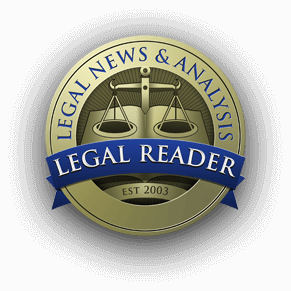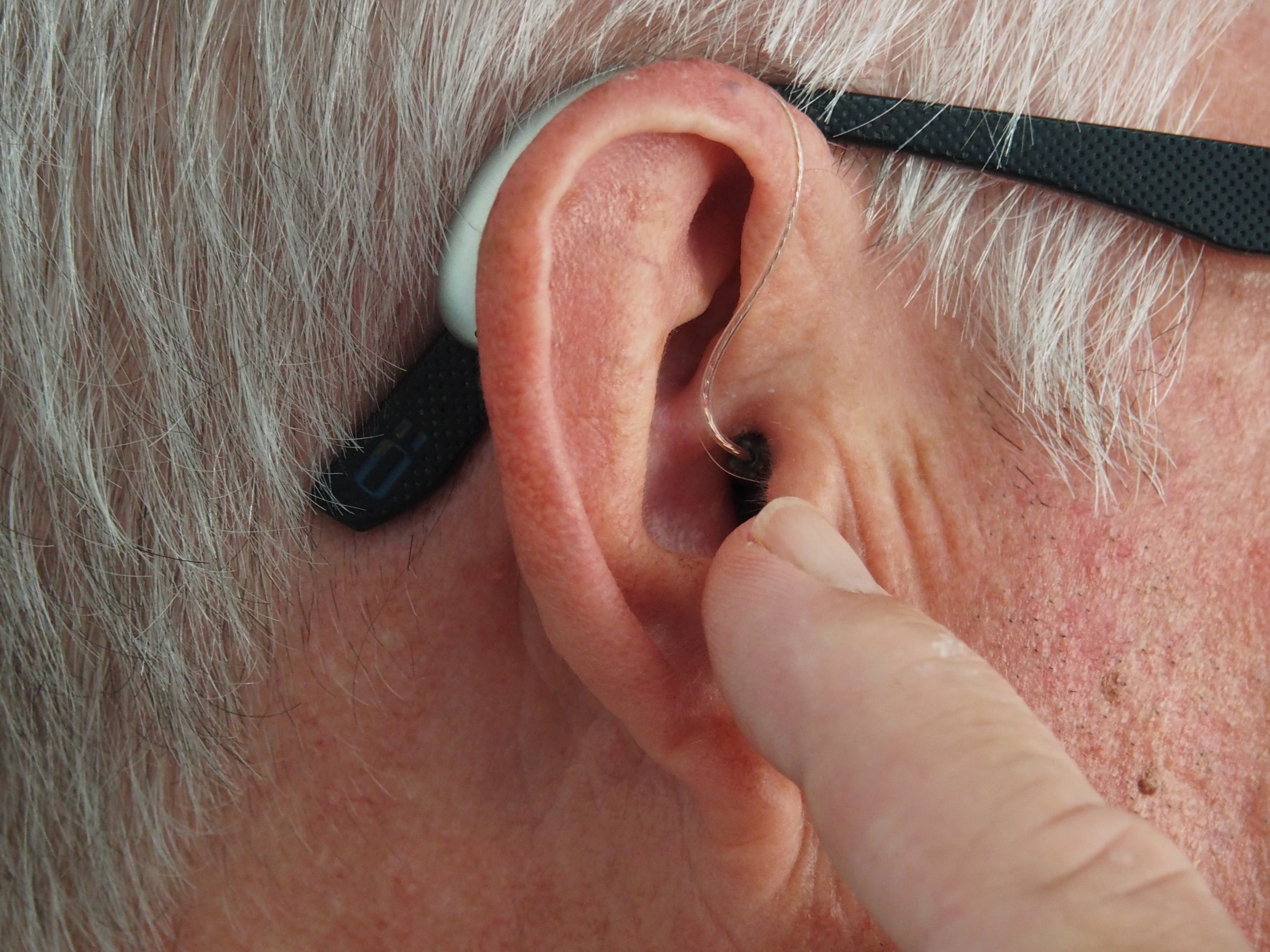Assistive devices play a vital role in APD treatment alongside therapy. These tools enhance auditory processing abilities and support daily functioning for individuals with APD.
Auditory Processing Disorder (APD) presents unique challenges in perceiving and interpreting sounds, particularly speech. While therapy remains a cornerstone of APD treatment, assistive devices play a crucial supporting role. These devices, ranging from simple amplification systems to sophisticated noise-filtering technology, enhance auditory input and improve communication for individuals with APD.
Assistive devices complement traditional therapy approaches by providing real-time support in various environments. They help bridge the gap between controlled therapy sessions and everyday situations, allowing individuals with APD to practice and apply their skills consistently. This combination of therapy and technology creates a more comprehensive treatment plan, addressing both skill development and immediate communication needs.
The integration of auditory processing disorder medical devices into treatment strategies marks a significant advancement in APD care. These tools not only improve sound clarity but also boost confidence and independence in social and academic settings. As technology continues to evolve, the potential for more tailored and effective assistive devices grows, offering hope for enhanced outcomes in APD management.
This information is intended for learning and should not replace professional medical guidance. Speak to a healthcare provider for advice specific to your needs.
Key Takeaways
- Assistive devices enhance auditory input and complement traditional APD therapy
- Technology aids in applying therapy skills to real-world situations for individuals with APD
- Ongoing advancements in assistive devices offer promising improvements in APD treatment outcomes
Understanding Auditory Processing Disorder
Auditory Processing Disorder (APD) is a complex condition affecting how the brain interprets auditory information. It can significantly impact an individual’s ability to understand speech and function in noisy environments despite normal hearing sensitivity.
Defining APD and Its Symptoms
APD is characterized by difficulties in processing auditory information in the central nervous system. Common symptoms include:
- Trouble understanding speech in noisy settings
- Difficulty following multi-step instructions
- Poor auditory memory and attention
- Challenges with sound localization
- Delayed or inconsistent responses to auditory stimuli
These symptoms can vary in severity and may manifest differently in each individual. Children with APD often struggle in classroom settings, while adults may face challenges in social and professional environments.
Diagnosis and Professional Support
Diagnosing APD requires a comprehensive evaluation by a team of professionals. An audiologist typically leads the assessment process, which may include:
- Standard hearing tests
- Specialized auditory processing tests
- Auditory brainstem response (ABR) testing
Speech-language pathologists may also be involved to assess language skills and cognitive function. Neurologists might contribute to rule out other neurological conditions.
The diagnosis process aims to differentiate APD from other conditions that may present similar symptoms, ensuring accurate identification and appropriate treatment planning.
Associated Conditions
APD can co-occur with other neurological and developmental conditions. Some associated conditions include:
- Dyslexia
- Attention deficit hyperactivity disorder (ADHD)
- Autism spectrum disorder (ASD)
- Language disorders
These comorbidities can complicate diagnosis and treatment. Genetic factors may play a role in some cases of APD, while environmental factors such as recurrent ear infections in childhood might contribute to its development.
Understanding the interplay between APD and associated conditions is crucial for developing comprehensive treatment strategies that address all aspects of an individual’s needs.
Enhancing Communication with Assistive Technology
Assistive technology plays a crucial role in supporting individuals with Auditory Processing Disorder (APD). These devices and tools help improve communication, language skills, and overall quality of life for those affected by APD.
Role of Assistive Devices in APD Management
Assistive devices are essential in managing APD symptoms and enhancing communication abilities. FM systems, hearing aids, and sound field systems are commonly used to improve signal-to-noise ratios and amplify speech. These tools help individuals with APD focus on relevant auditory information and filter out background noise.
Visual cues and chunking information techniques can supplement auditory input, aiding in comprehension and retention. Specialized software and apps designed for auditory training can strengthen phonological awareness and hearing skills.
Listening devices with mild amplification can be particularly beneficial in classroom or work environments, enhancing speech understanding and reducing fatigue associated with constant auditory processing efforts.
Importance of Multidisciplinary Treatment
A multidisciplinary approach is vital in APD treatment. Speech-language therapists, audiologists, and educational specialists work together to create comprehensive intervention plans. This collaborative effort ensures that all aspects of APD are addressed, from auditory skills to language development and academic performance.

Auditory training programs, combined with speech-language therapy, target specific processing deficits. Environmental modifications, such as acoustic treatments in classrooms or workspaces, complement these interventions.
Regular assessments and adjustments to treatment plans are essential, as APD symptoms may change over time. The multidisciplinary team can adapt strategies and technologies to meet evolving needs.
Integrating Therapy and Technology
The integration of therapy and assistive technology is key to effective APD management. Speech-language therapists incorporate various devices into their sessions, teaching individuals how to maximize the benefits of these tools in real-world situations.
Auditory intervention techniques, such as dichotic listening exercises or temporal processing training, can be enhanced with specialized software. These programs provide immediate feedback and track progress, allowing for personalized therapy plans.
Technology also supports carry-over of skills learned in therapy to everyday life. Mobile apps and portable devices enable individuals to practice auditory processing skills outside of clinical settings, reinforcing treatment gains.
By combining traditional therapy methods with cutting-edge technology, individuals with APD can develop stronger communication skills and improve their overall quality of life.
Conclusion
Assistive devices play a vital role in APD treatment alongside therapy. These tools enhance auditory processing abilities and support daily functioning for individuals with APD. When combined with targeted therapy approaches, assistive devices can significantly improve outcomes.
Effective APD management requires a multifaceted approach. Collaboration between healthcare professionals, patients, and families is essential for successful implementation of assistive technologies and therapeutic strategies. Ongoing research continues to advance our understanding of APD and refine treatment options.


Join the conversation!